How Big Is Texas?
Imagine driving across Texas from east to west. You start your journey in Orange, near the Louisiana border, heading toward El Paso. Even pushing the speed limit at 75 mph, you’d need almost 12 hours to traverse the state – and that’s without stops for fuel, food, or rest. This incredible journey speaks to the sheer magnitude of Texas, but its size is just the beginning of its story.
Table of Contents
From Spanish Colony to Lone Star Republic
Texas’s path to becoming the giant we know today is as fascinating as its size. While many know that six flags have flown over Texas, fewer know the full story. Spain controlled this vast territory for nearly three centuries, establishing missions and settlements across the land. When Mexico won its independence from Spain in 1821, Texas became Mexican territory [Source: Texas State Historical Association – link].
However, the story was far from over. As American settlers poured into the region, tensions grew with the Mexican government. These tensions eventually erupted into the Texas Revolution. On March 2, 1836, Texas declared its independence, and following the decisive Battle of San Jacinto, the Republic of Texas was born.
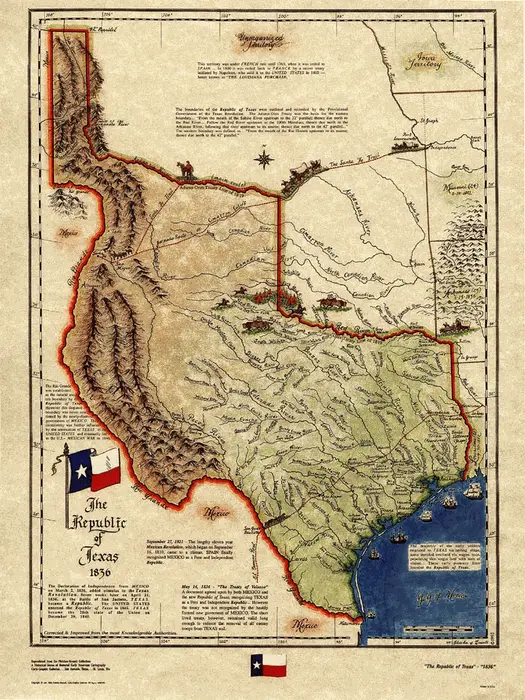
This historical map shows Texas as it existed as an independent nation – a country in its own right. The Republic’s borders stretched far beyond what we know as Texas today, as you can see in this revealing overlay:

For nine remarkable years, Texas stood as a sovereign nation, complete with its own president, currency, and foreign policy. When it joined the United States in 1845 as the 28th state, it brought with it not just vast territories but also a fierce independent spirit that still defines it today.
A State of Mind-Boggling Scale
To truly grasp how big Texas is, we need to think beyond numbers. Let’s start with a comparison that might surprise you:

Yes, you’re seeing that correctly – the entire nation of Poland could fit inside Texas with room to spare. But that’s just the beginning. Let’s look at how Texas measures up against Europe:

Even more remarkably, major European cities could all fit within Texas’s borders:

Imagine being able to visit the equivalents of London, Paris, Milan, and Barcelona – all without leaving state lines. That’s Texas for you.
Beyond the Open Plains
While its size is impressive, Texas is far more than just wide-open spaces. The state is divided into 254 counties, each with its own character and history:

To put this administrative division in perspective, only Saskatchewan in Canada has more counties:

Contrary to popular belief, less than 10% of Texas is desert. The state’s landscape tells a story of remarkable diversity. You’ll find ancient pine forests in the east that look more like Louisiana than Leone. Central Texas rolls with hill country that could have been plucked from the Mediterranean. The Gulf Coast stretches for hundreds of miles, while the Panhandle’s dramatic canyons could stand in for an Old West movie set.
An Economic Powerhouse
Texas’s physical size is matched by its economic might. If Texas were an independent nation, it would rank among the world’s largest economies:
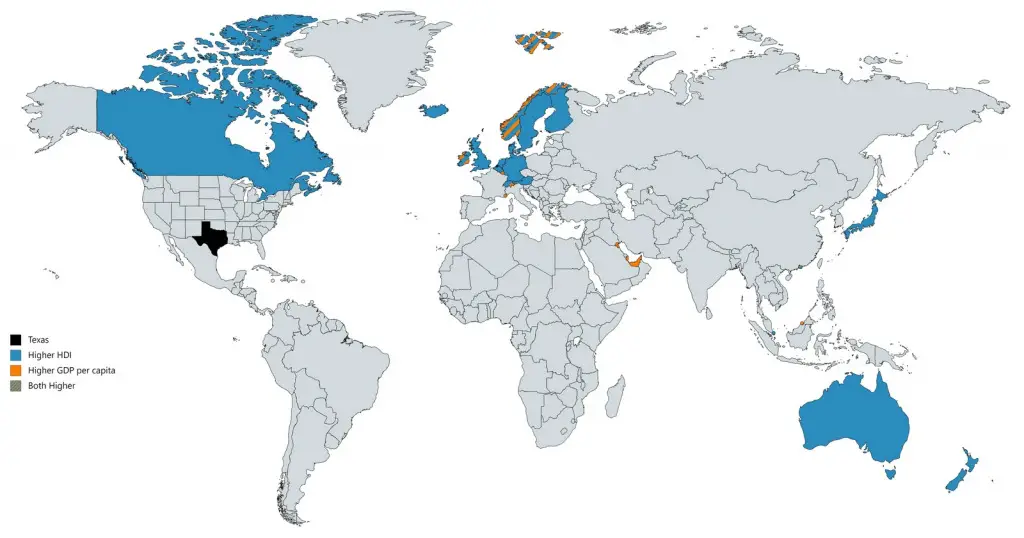
With a GDP of approximately $2.4 trillion (as of 2023), Texas stands as an economic giant. From the tech corridors of Austin to the energy innovation hubs of Houston, from the cultural richness of San Antonio to the business prowess of Dallas, each region adds its own chapter to the Texas success story.
The Texas Experience
What strikes most visitors about Texas isn’t just its physical size – it’s how the state seems to contain entire worlds within its borders. Every region tells its own story, from the coastal plains of Galveston to the mountain ranges of Big Bend National Park.
Have you experienced Texas’s enormous scale firsthand? Maybe you’ve driven across its vast expanses or flown over its diverse landscapes? Share your Texas-sized stories in the comments below – we’d love to hear how this remarkable state has impressed you with its scale and scope.

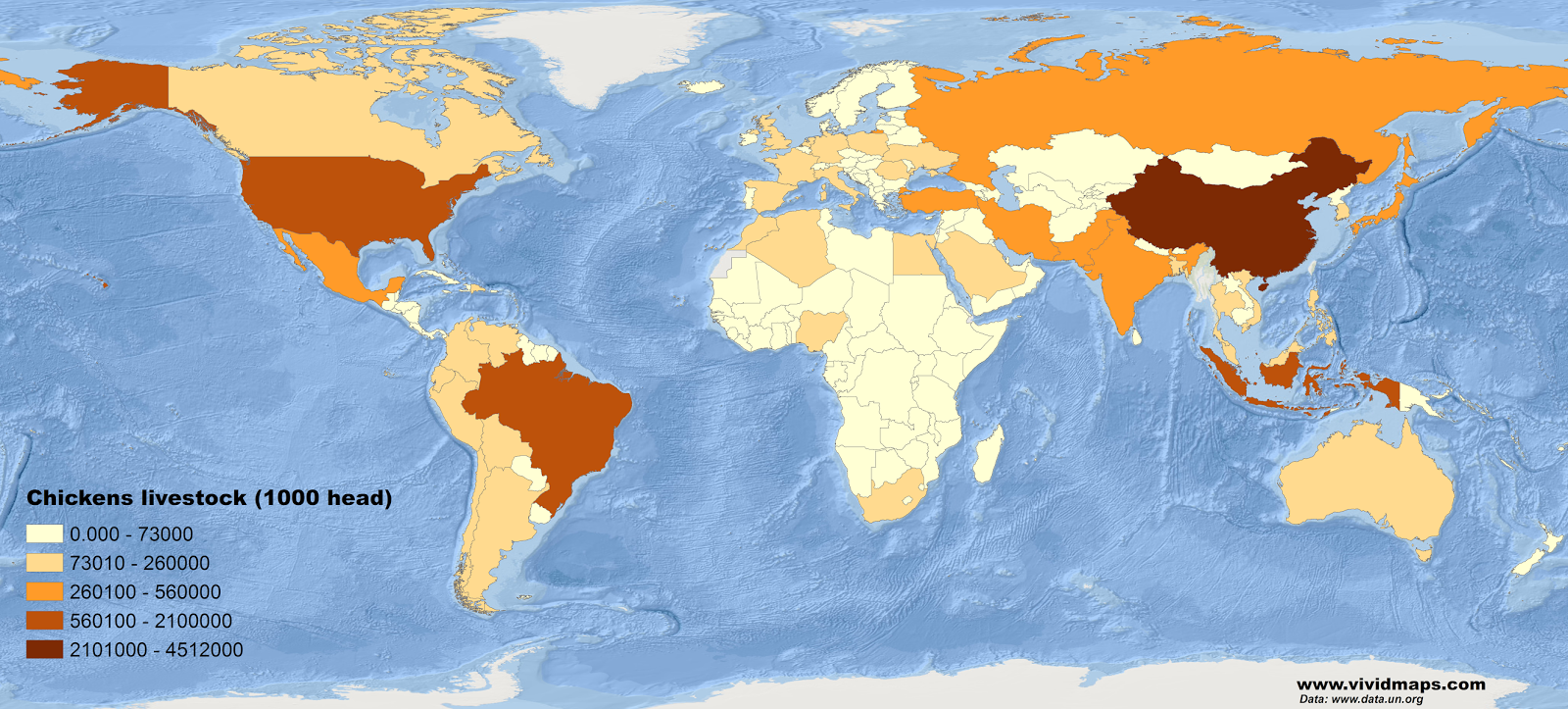


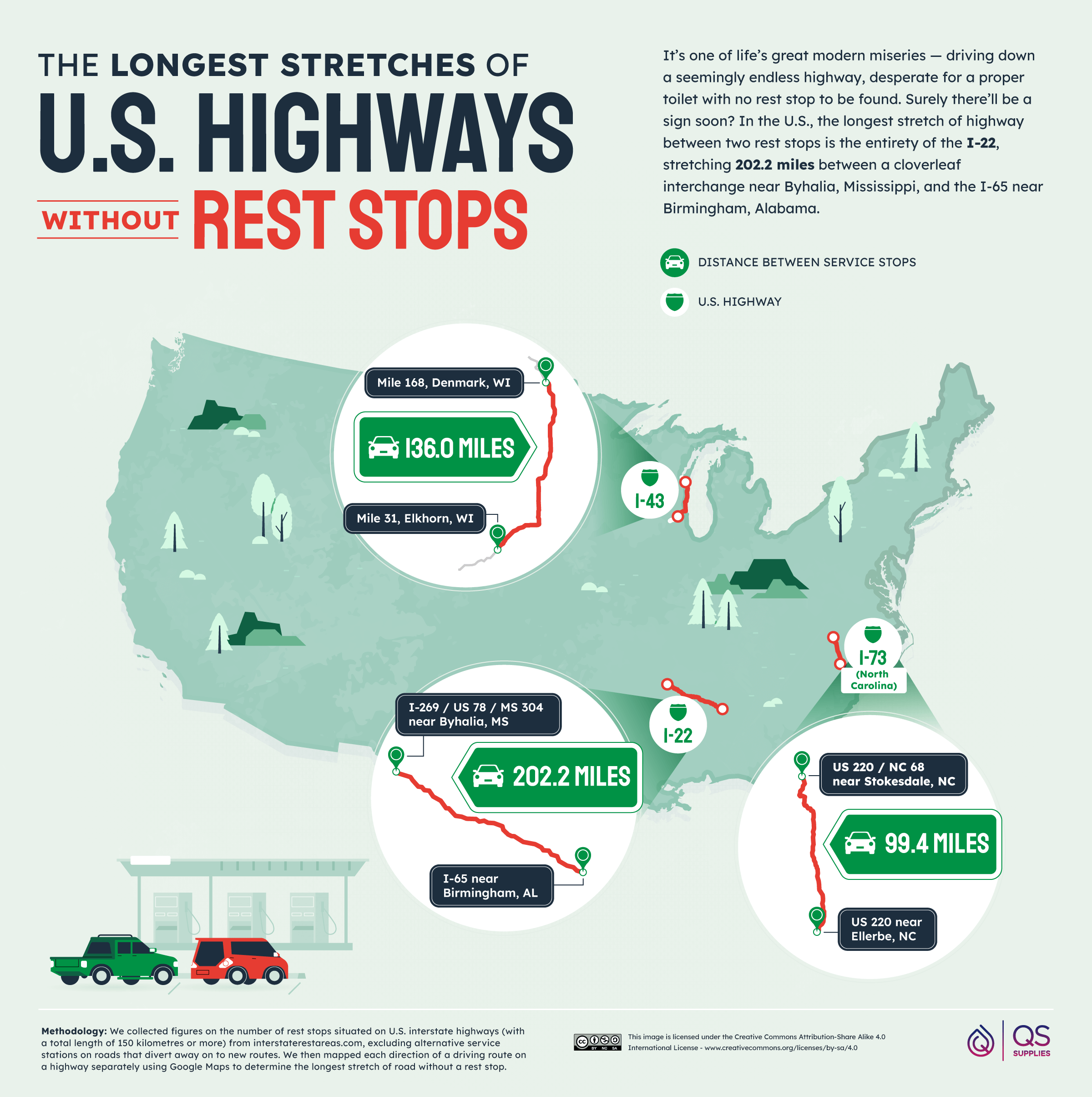
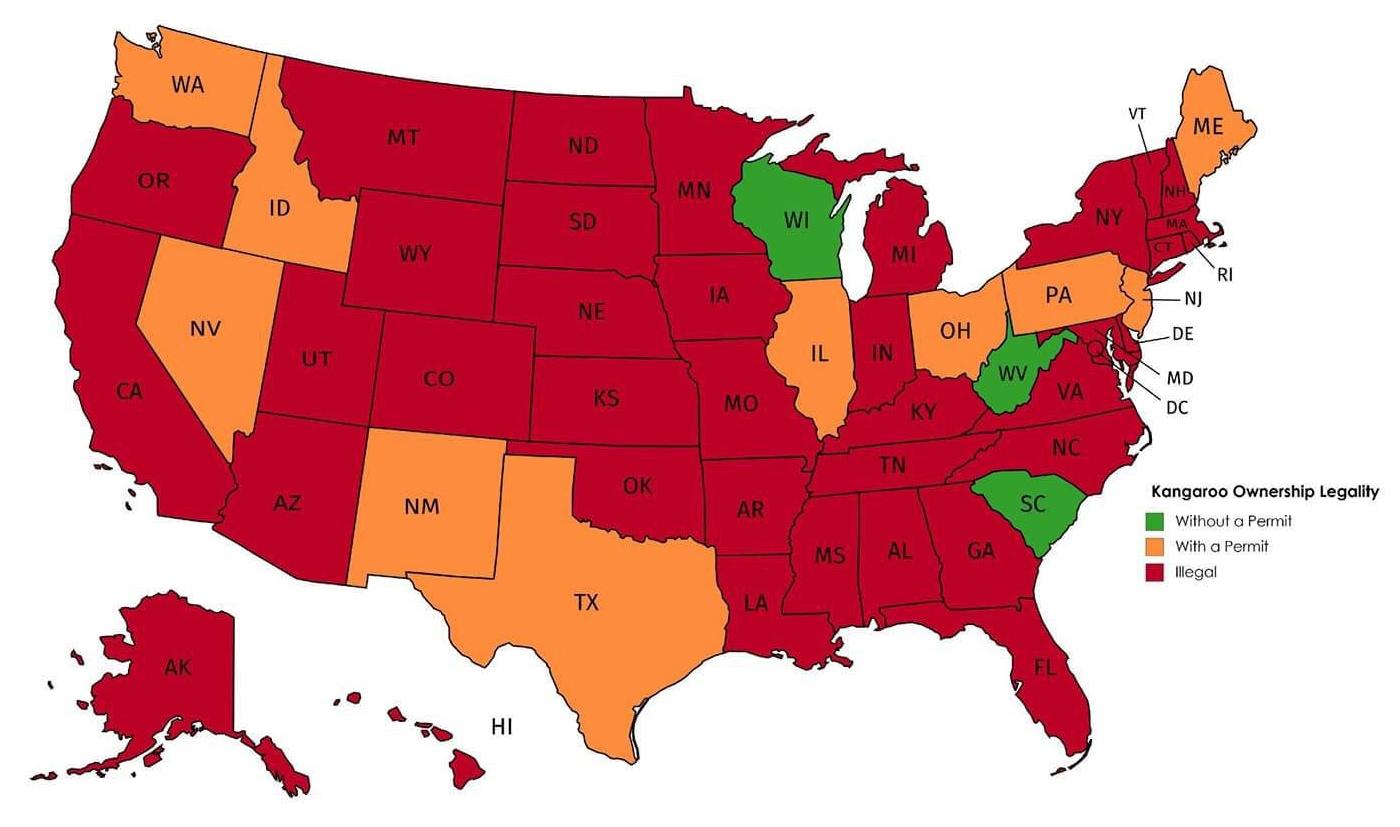



Is there a free online tool that I can use to overlay the size of on country over another?
Wow that’s so big
As a Texan I can confirm that this is correct